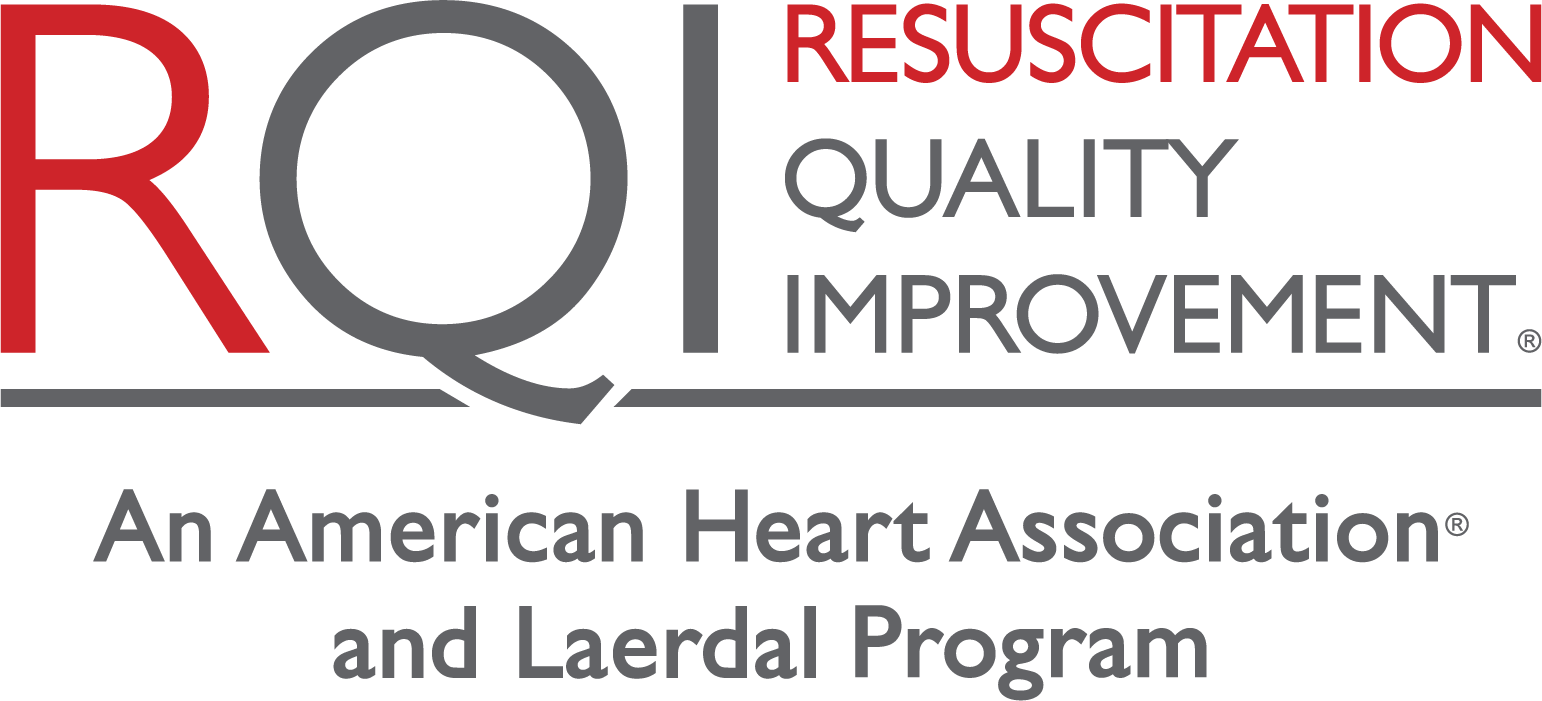Donoghue, AJ et al. Circulation. 2025;152(suppl 2):S719-S750
Importance of Conclusion
The provision of an effective education component is highly dependent on the instructional design of the educational endeavor because design strongly determines how content is delivered to and ultimately taken up by the learner. Placing greater emphasis on our understanding of how to increase the effectiveness of education programs will improve performance and lay rescuer confidence and enhance local implementation, all of which lead to the ultimate goal of increasing survival from sudden cardiac arrest.
Top 10 Take-Home Messages
- Effective resuscitation education for lay rescuers and health care professionals is an essential component of the formula for survival from cardiac arrest.
- The use of cardiopulmonary resuscitation (CPR) feedback devices leads to improved skill performance and is recommended during skill training for lay rescuers and health care professionals.
- Disparities in public awareness, knowledge, and access to CPR education affect specific populations differently. It is recommended to focus efforts on public awareness campaigns and training availability in areas where these discrepancies are greatest.
- Children 12 years of age and older should be taught to perform effective CPR and defibrillation; children younger than 12 years of age should be trained in emergency response and CPR to improve confidence and willingness when they are older.
- Virtual reality (VR) and augmented reality (AR) can increase realism during resuscitation training. However, while VR can improve knowledge acquisition, AR should not be used to teach CPR skills.
- Gamified learning has been shown to improve learner engagement and enhance knowledge acquisition.
- The use of a script to guide debriefing during resuscitation training can help instructors by guiding discussions and enhancing consistency.
- Rapid-cycle deliberate practice (RCDP) during CPR training can lead to better skill performance after training.
- Alternative objects (eg, a pillow) have been studied as an inexpensive and accessible alternative to manikins for chest compression training, but more data is needed to determine their effectiveness.
- Goals for future research in resuscitation education include studies demonstrating impact on clinical outcomes, cost-effectiveness of instructional design elements, and improvement in the uniformity and quality of outcome measures across studies.
Read the article
